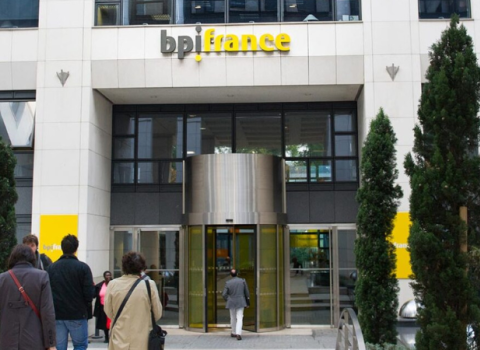Currently, cash rich pharma can afford it, but with $60 billion in blockbuster drugs about to go off patent, big chunks of revenue will start to erode away. Added to that is the downward pressure on pricing and reimbursement that is being exerted in all major markets.
These stark facts left both investors and pharma executives to ponder, at a meeting organised by the venture capital firm PureTech Ventures in Boston, MA, last week, whether the industry can innovate fast enough to avoid extinction.
Steven Paul, Executive Vice President for Science and Technology and President of Lilly Research Laboratories, believes the root of the problem is the lack of innovation in pharma’s late-stage pipeline. “I don’t know of a bad early-stage pipeline,” he said.
The need to fill this gap has fuelled the feeding frenzy, “leading to a substantial and tremendous escalation of price,” said Paul. “When you lose a major compound in late phase III you’ve got to do something, and it’s really hard to fill a phase III gap.”
Looked at from this point of view it is purely supply and demand – rather than quality – that is pushing prices to levels that would have been considered completely unreasonable (and unlikely) a couple of years ago.
Pipeline attrition is one of the hardest facts of life in drug development. What pharma needs to keep its pipeline fat without having to write big cheques is a strategy for capturing innovation sooner – at less than mythical prices.
Maturing platforms
The maturing of technology platforms represents one route to achieving this. Whereas a decade ago platforms were seen merely as research tools, companies are now applying their platforms to generate validated compounds. Buying these companies, for example, GlaxoSmithKline’s acquisition of domain antibody specialist Domantis plc, or Merck’s of the RNA silencing company, Sirna Therapeutics Inc, represents a way to get into the game at relatively table stakes.
At the same time, pharma needs new strategies for growing its pipelines organically.
But here’s another issue: as pharma makes moves to increase the rate of innovation at the bottom of the pipeline, attrition rates are going up too, according to Paul. “70 to 75 per cent of phase II compounds don’t make it to phase III now. Four years ago it was 40 to 45 per cent. That presents a big challenge,” he said.
The fight with attrition has led pharma into a production line approach, leaving no time to dig deep into the science. At present, big pharma does not have the structures to innovate on the scale it needs. Scientists are getting lost in the bureaucracy.
Coupled with market segmentation that is implicit in the move to pharmacogenomics and personalised medicine, the coming patent expiries on blockbuster drugs means the current business model is broken. It will no longer be possible to fund the huge enterprises of the world’s leading pharma companies with a handful of blockbuster drugs.
Looking on the bright side this could provide the impetus for pharma to remember its scientific roots. In the era of blockbusters and fast follow-ons, marketing became more important than research. The end of the blockbuster will force companies to put the focus back onto science and innovation.
They may chafe up against this new environment for a while, but change and innovation in pharma companies – as in all other sectors – is the only route to avoiding extinction.






 A unique international forum for public research organisations and companies to connect their external engagement with strategic interests around their R&D system.
A unique international forum for public research organisations and companies to connect their external engagement with strategic interests around their R&D system.